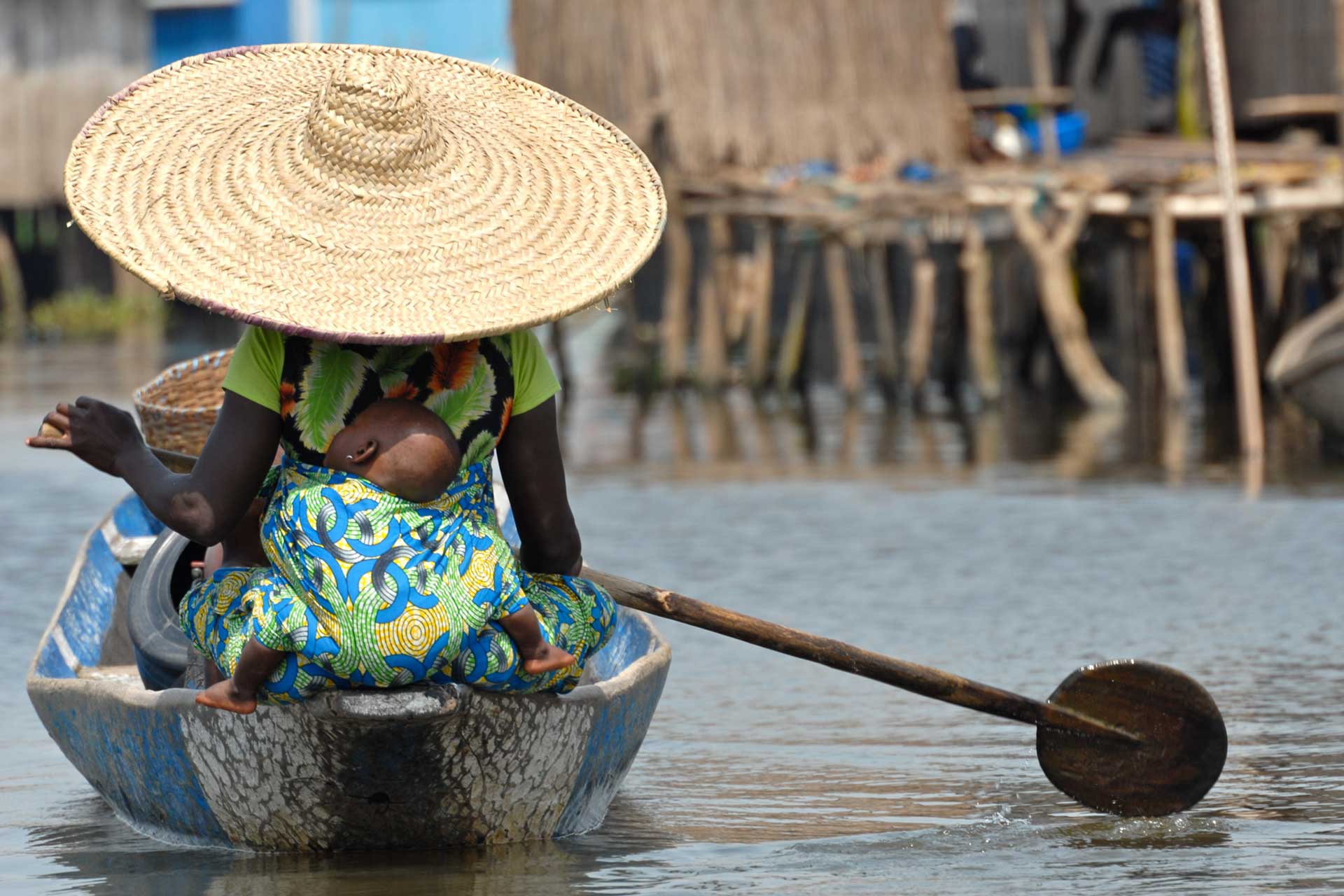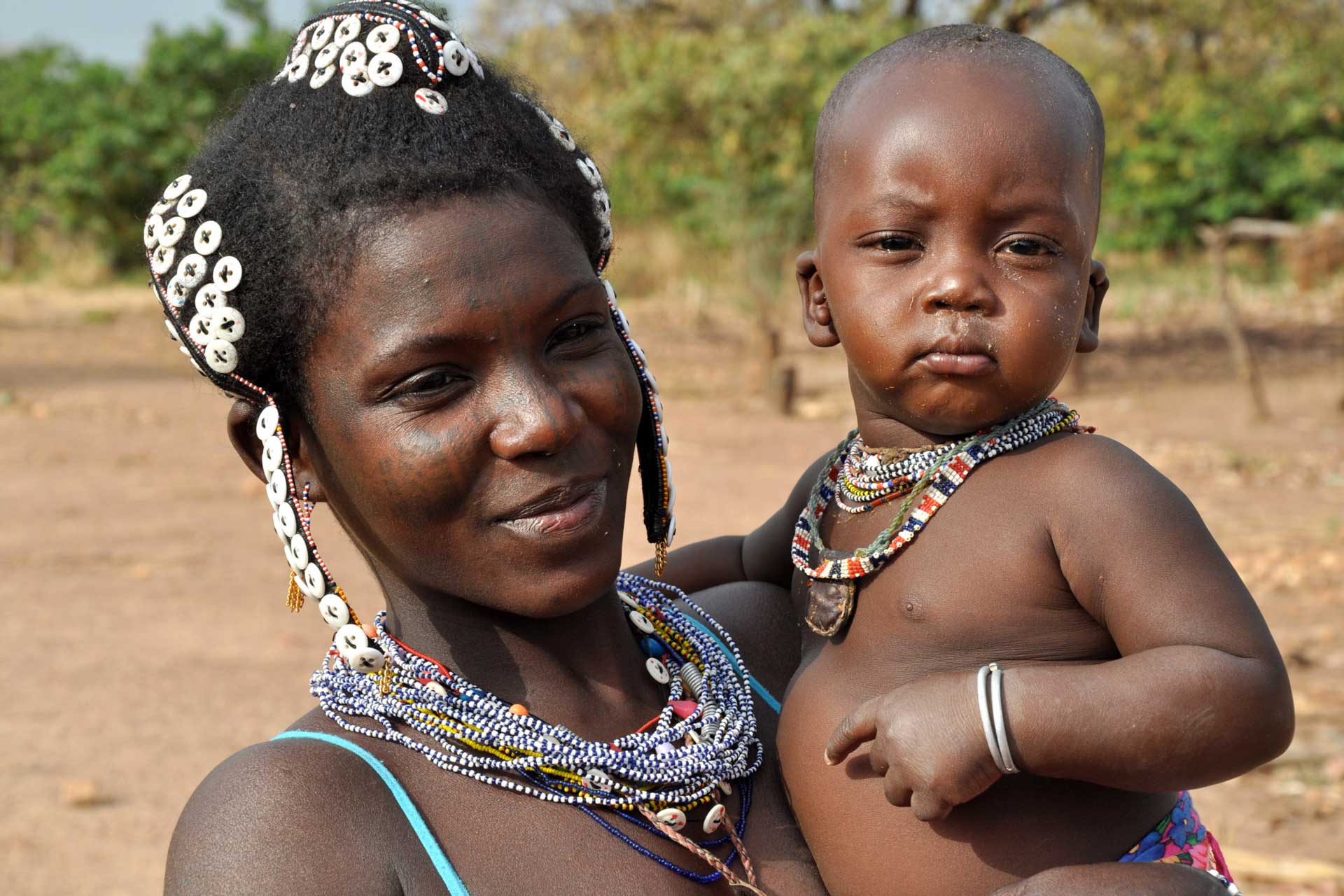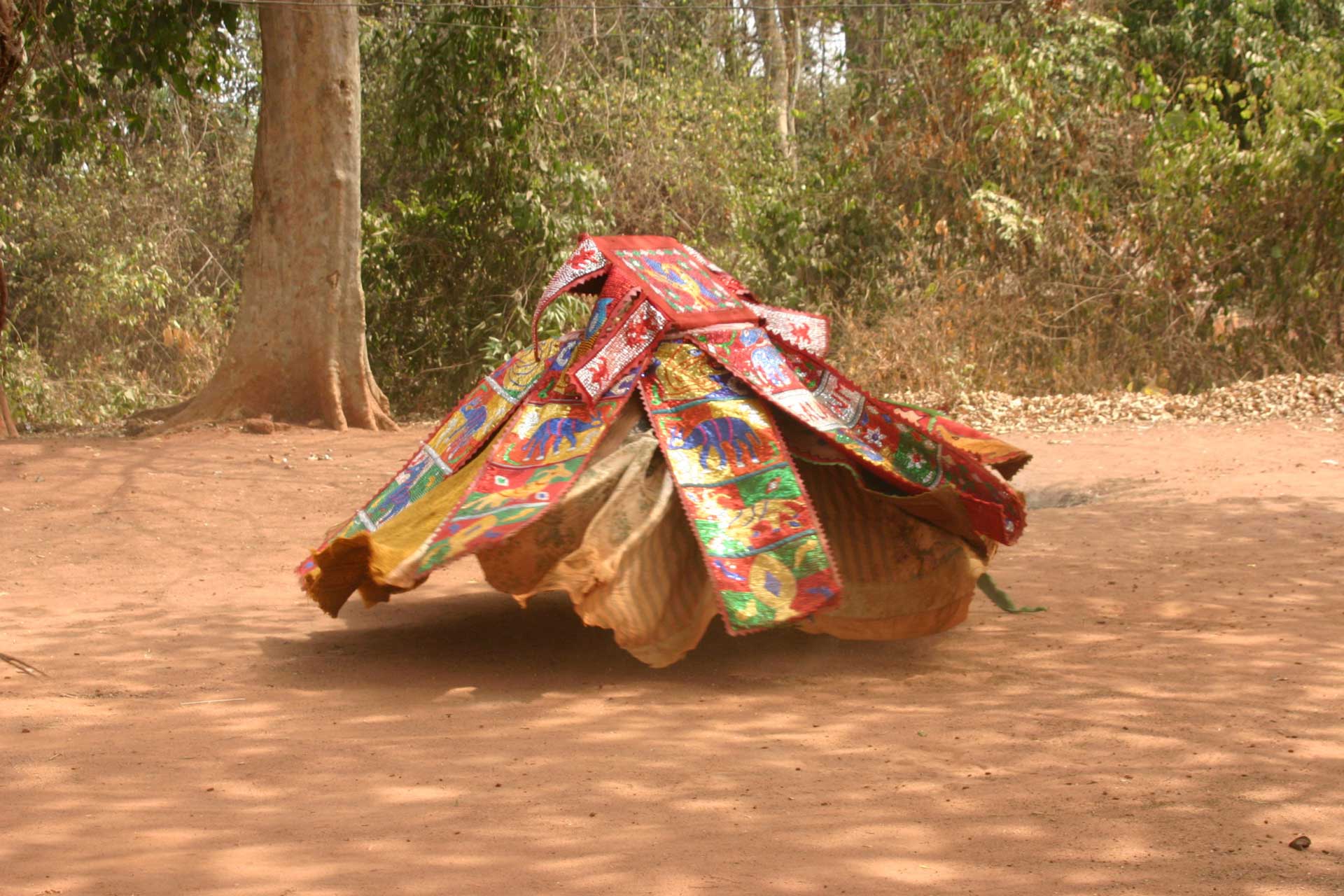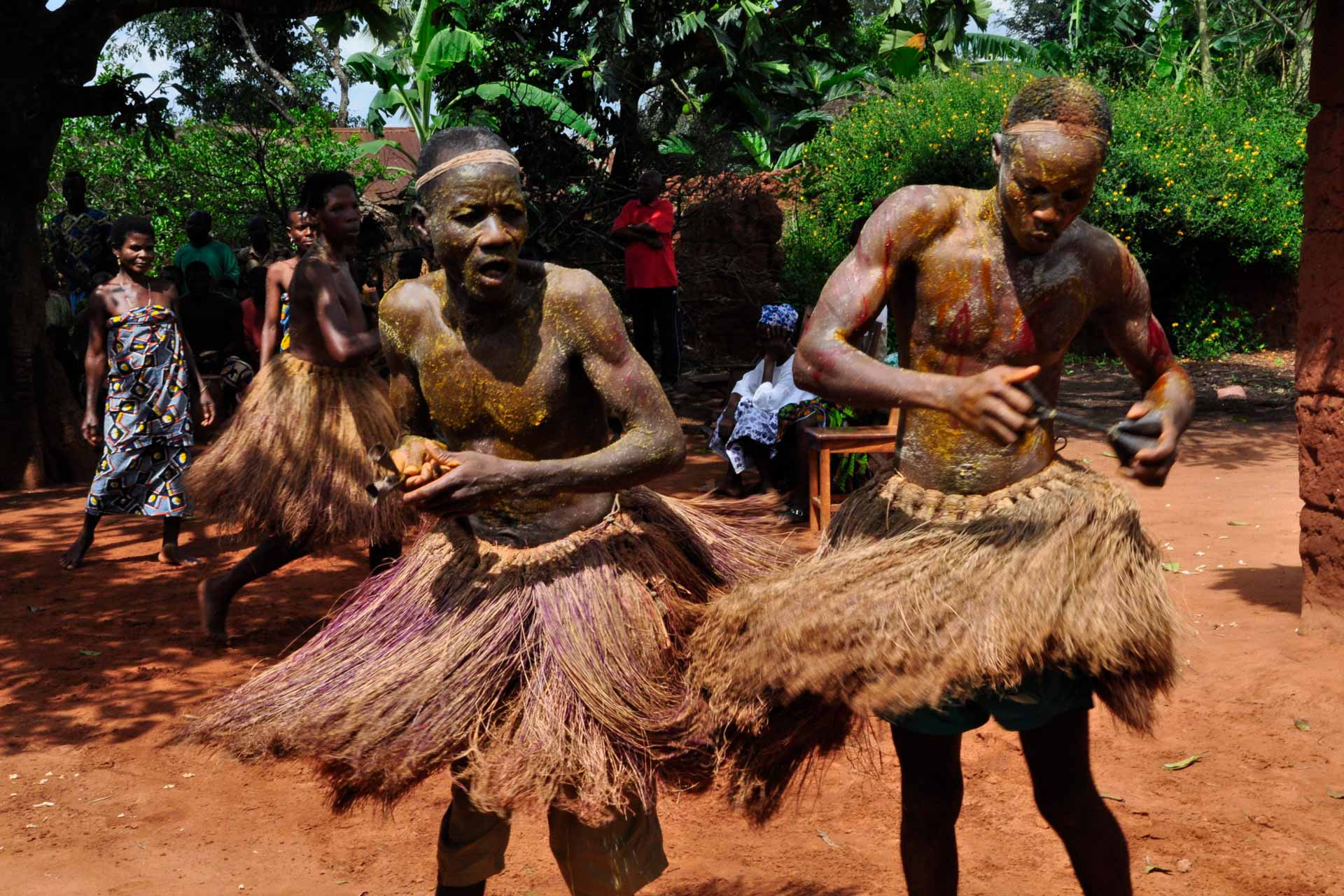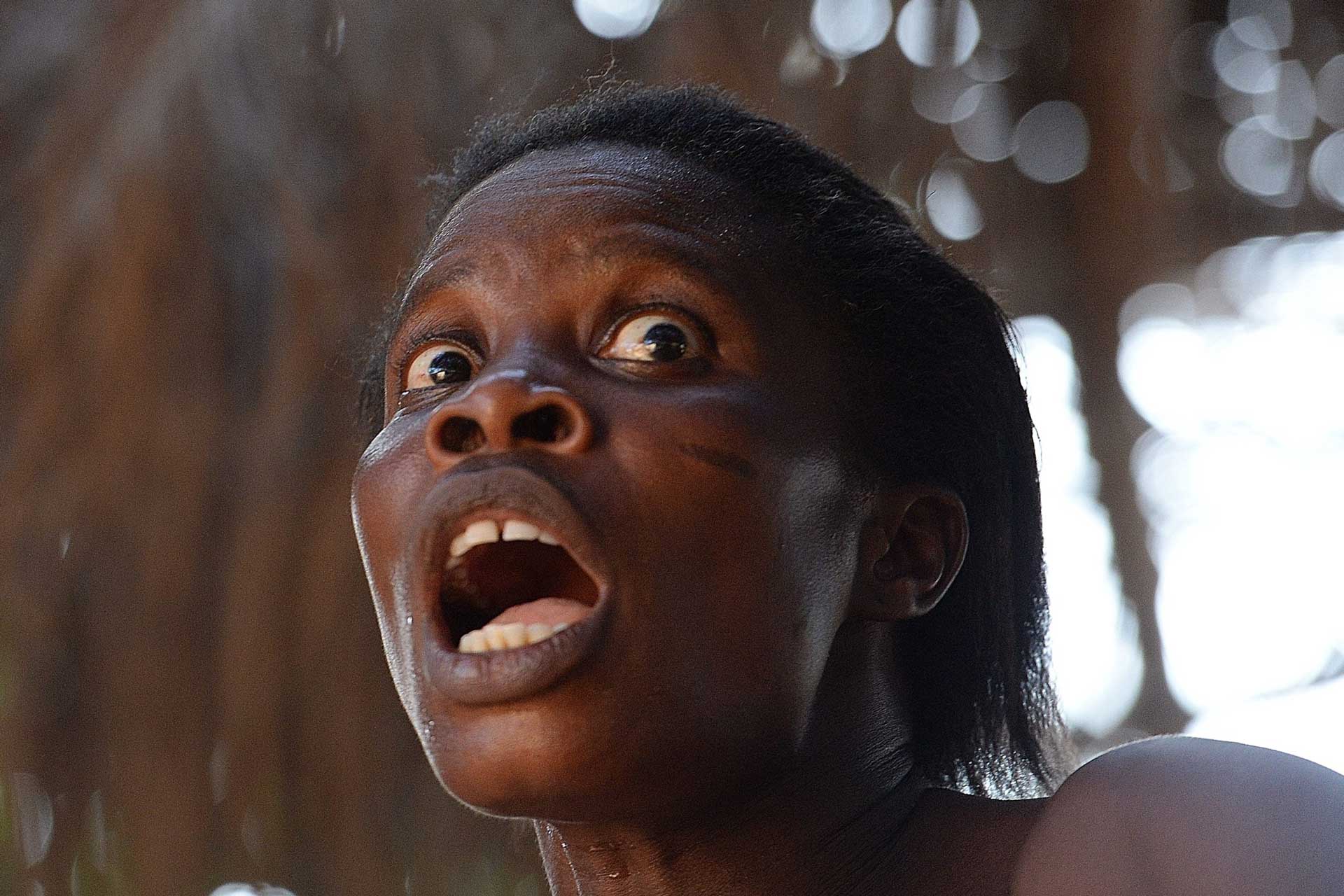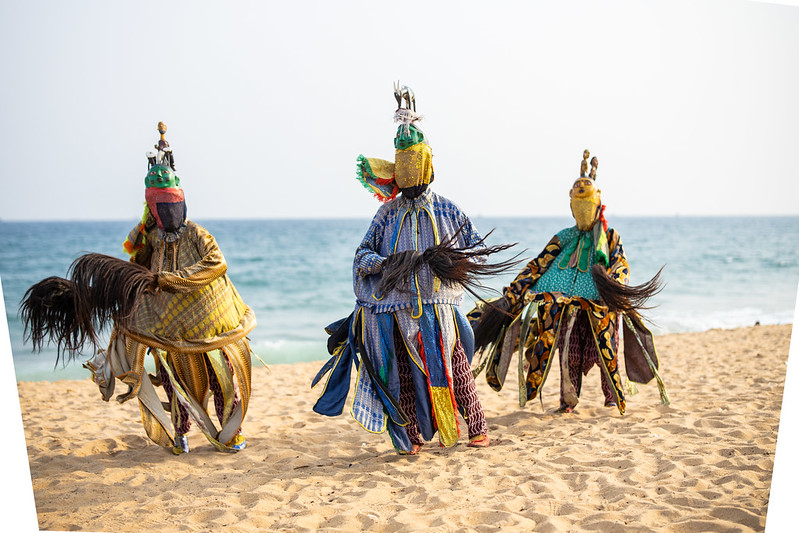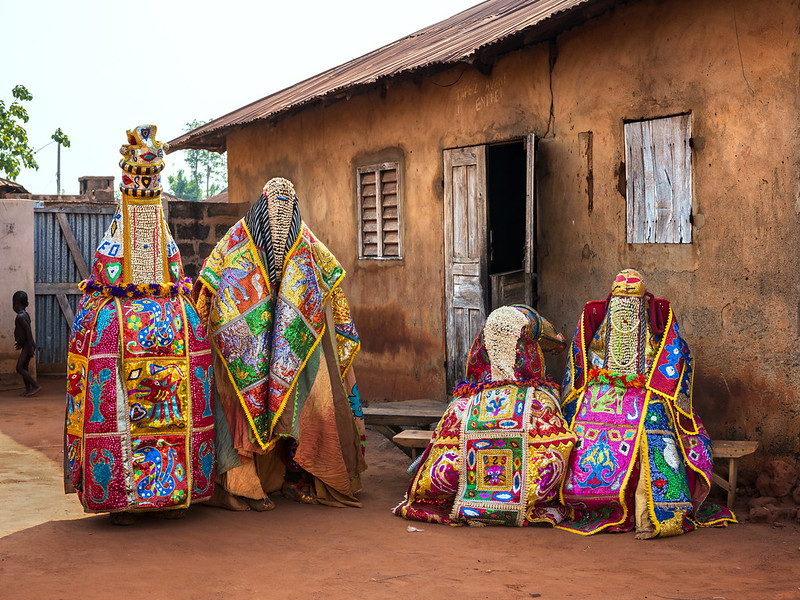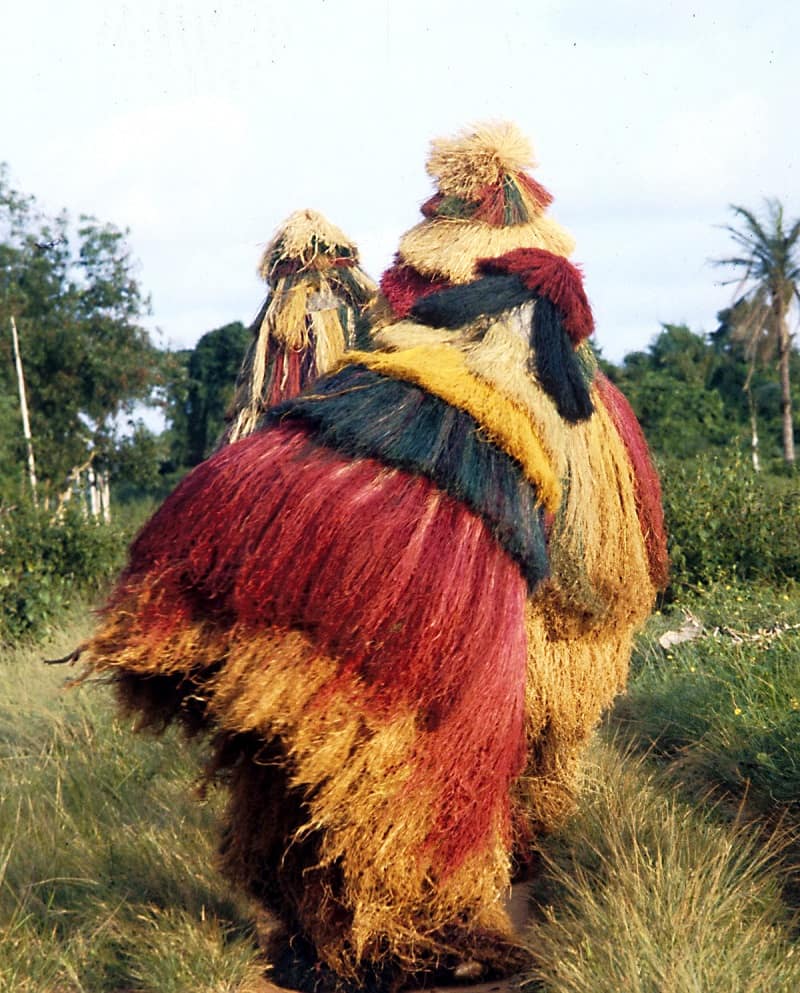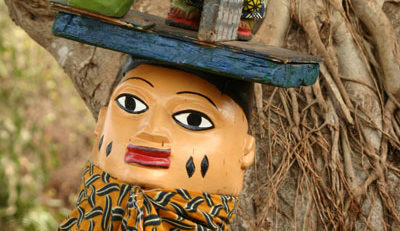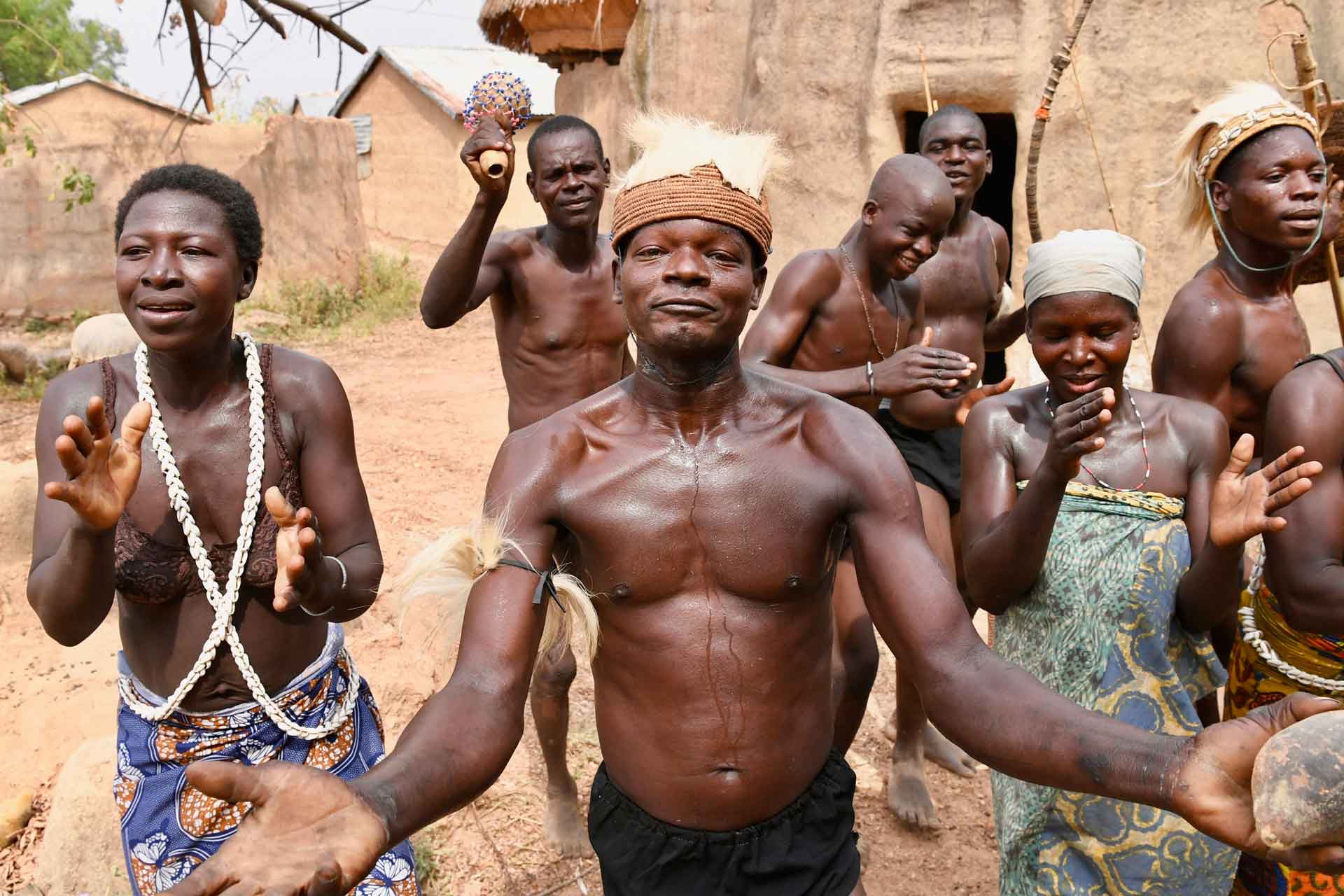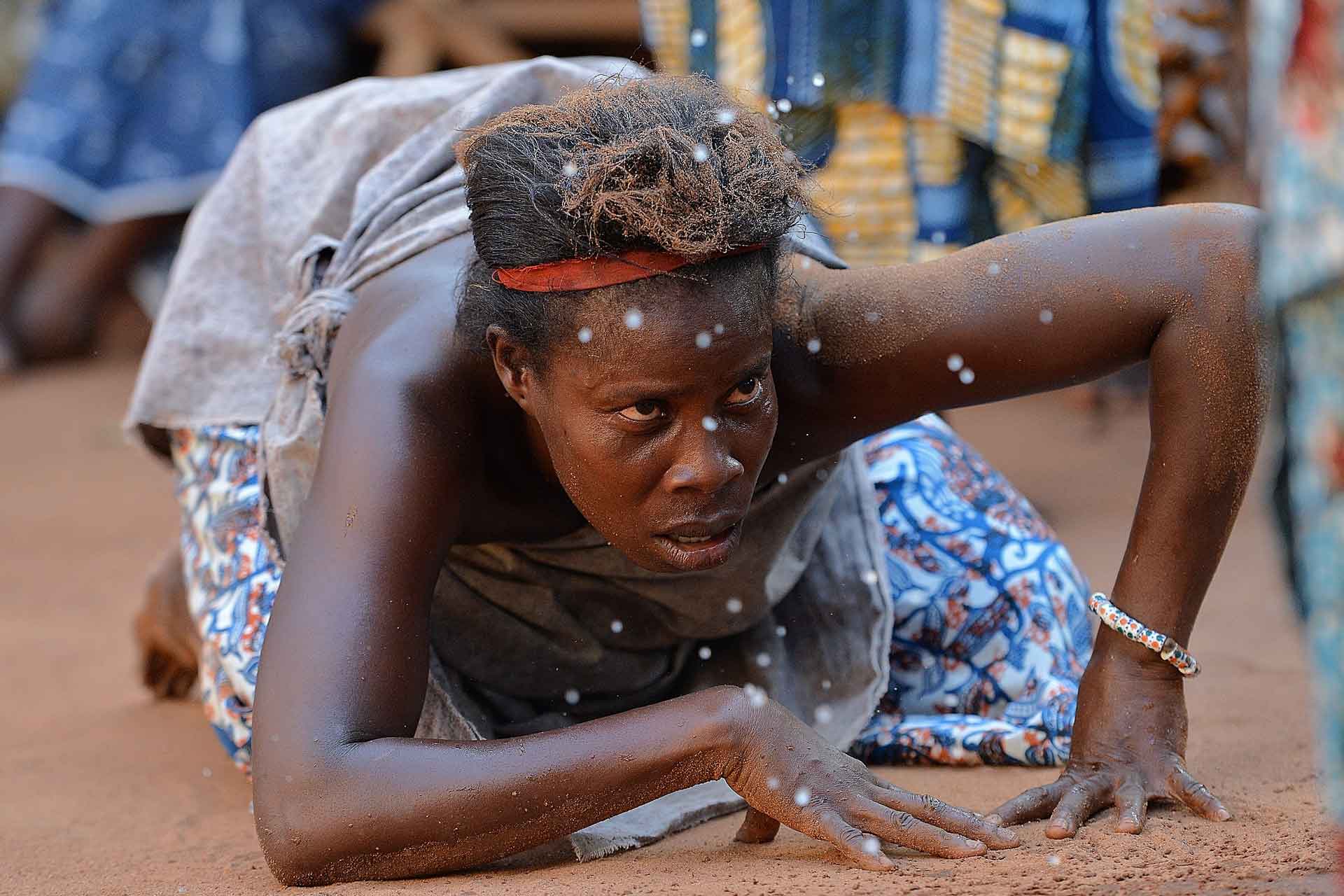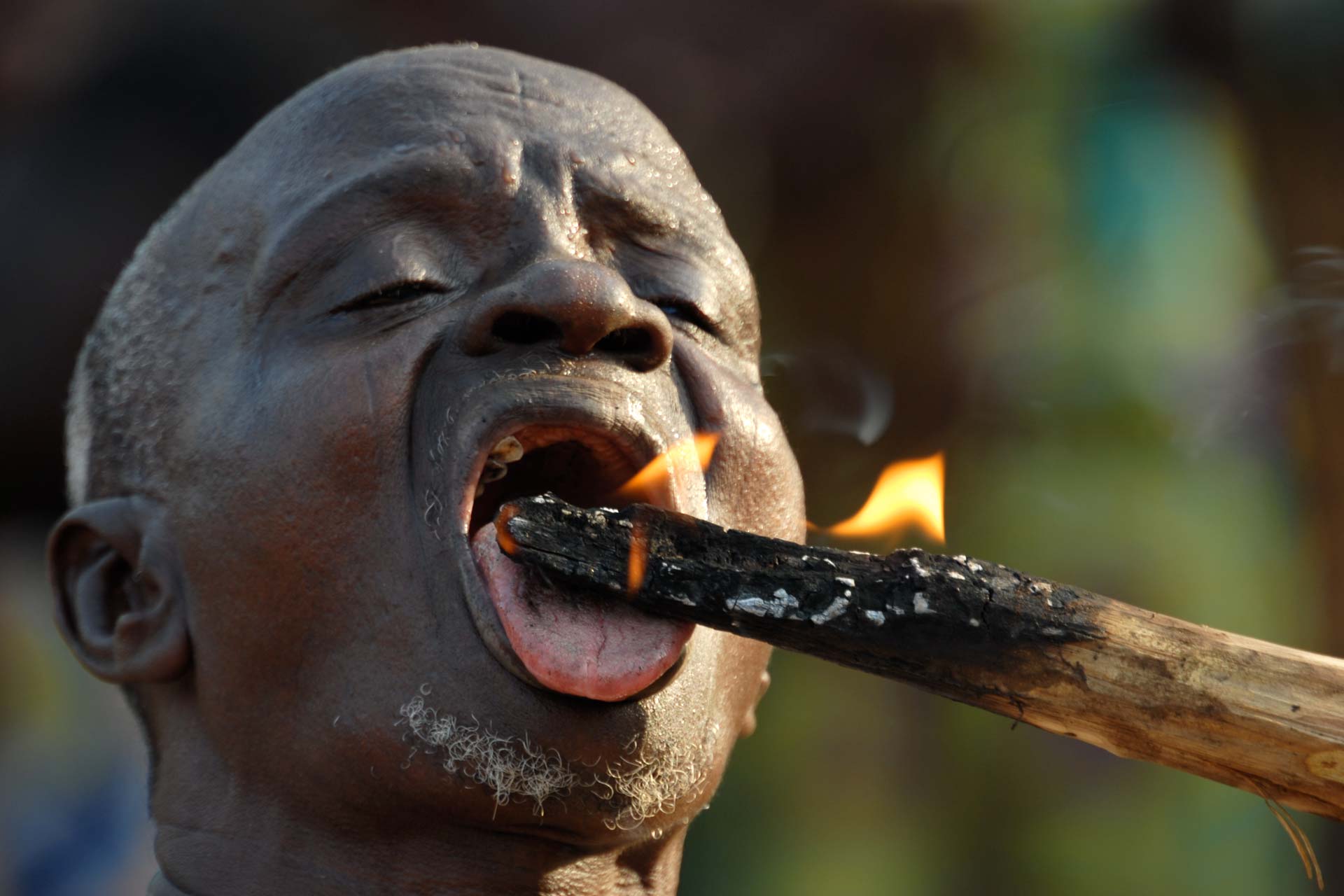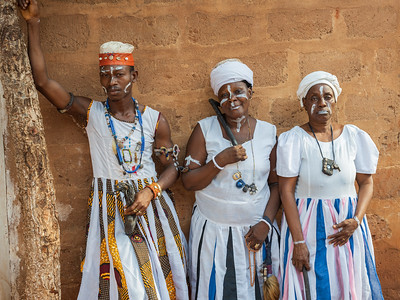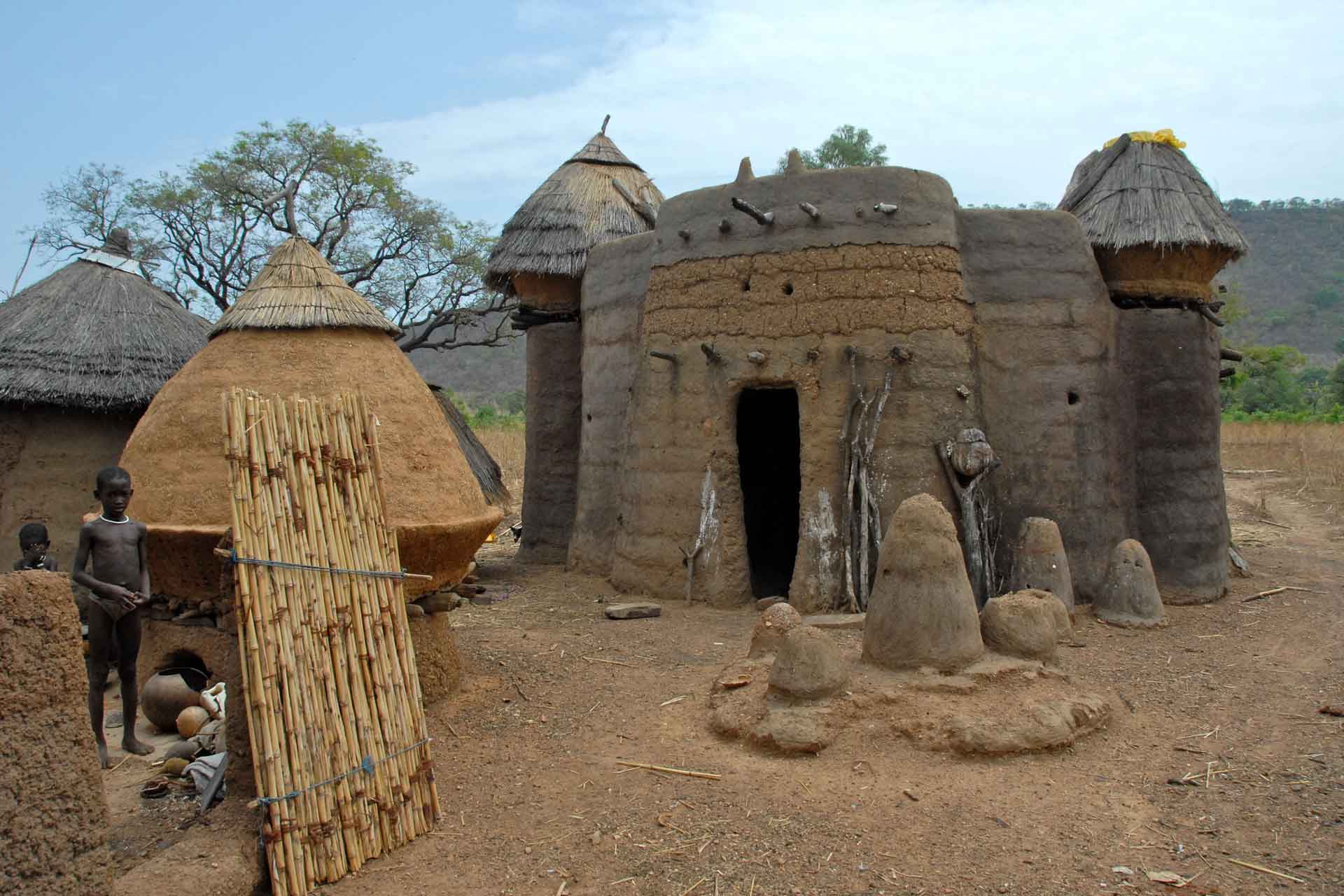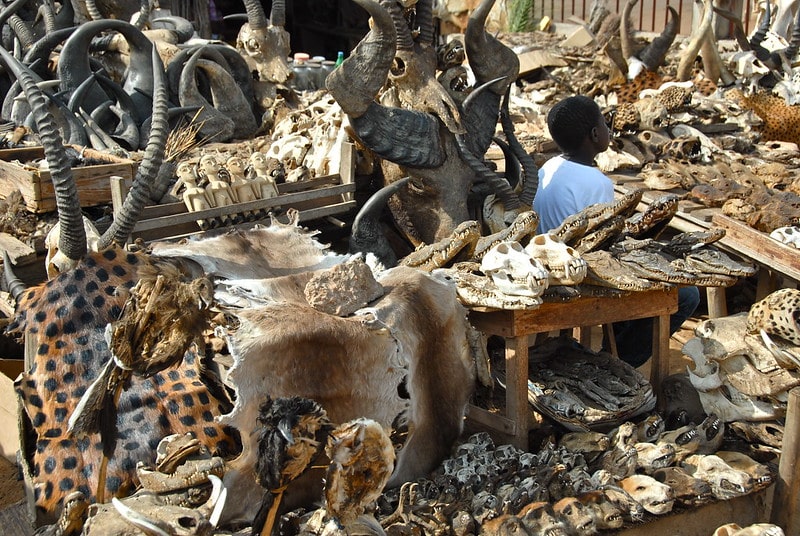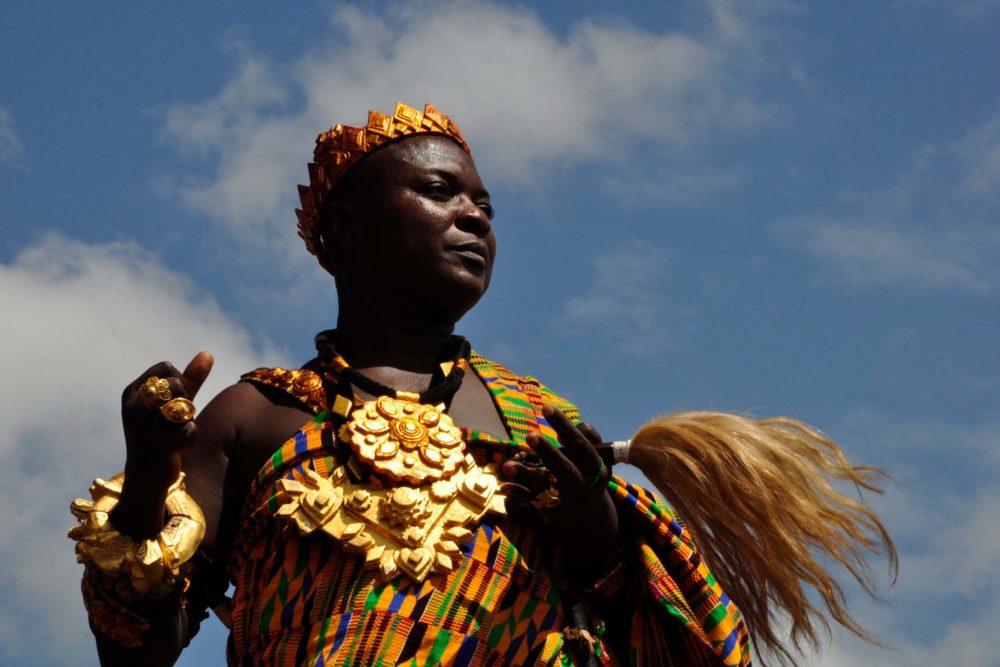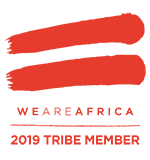Description
TOGO & BENIN
Enjoy a trip in two countries running alongside the Gulf of Guinea, tiny and fascinating.
In Togo and Benin, you will experience tribal villages and ways of living embedded with powerful cultural traditions.
This itinerary will take you from Lomé to the Atakora Mountains.
You will discover the Somba tribe, who live and build spectacular adobe castles.
You will learn about their social structure by listening to how their houses are organized.
Meet with Taneka people who live following strict cultural rules. The men’s life is punctuated by a long initiation rite.
From the Atakora back to the coast: the cradle of voodoo.
Come and meet with fetish priests, healers and oracles.
Witness the state of deep trance adepts can reach when, during voodoo ceremonies, they “become gods”.
In Togo and Benin, you will become accustomed to the world of masks.
You will experience their social role and you will admire their artistic feature.
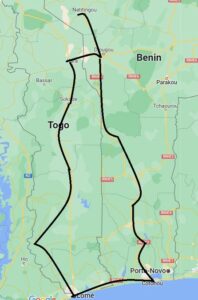
DAY 1, Friday: Lomé, Gulf of Guinea – TOGO
Arrival in Lomé and transfer to the hotel.
DAY 2, Saturday: Lome – TOGO
Our journey at the heart of magic starts with a visit of Lomé, the vibrant capital of Togo, the only African city which was a colony of the Germans, the British and the French. It is also one of the few capitals in the world bordering with another nation. These elements have led to the development of a unique identity reflected in the life style of its inhabitants and in the architecture of the town: Lomé is indeed a cross point for people, trade and cultures, a cosmopolitan city in small size. We will visit: the central market with its famous “Nana Benz”, women who control the market of the expensive “pagne” (=cloths) coming from Europe and sold all over West Africa; the colonial buildings in the administrative quarter where the flavour of colonial time is still very present; and the fetish market where we can find an eclectic assortment of all the necessary ingredients for love potions and magical concoctions – it is here that all the adepts of the local animist religion come to buy the necessary items to practice their cults. The market masters will introduce us with some of their home-made “gris-gris” prepared to help us solve our daily life issues.
In the evening, cooking class: feel free to take part in cooking your dinner in the kitchen of a professional chef. You will discover the property and the flavour of raw local products to fusion with other ingredients and cooking techniques coming from abroad. If you prefer have a rest in your room you can meet the group after the class and have dinner together.
Saturday night many places performs live music in town: reggae, jazz, African music… let’s follow the rhythm with your guide to discover the vibrant Lomé by night!
DAY 3, Sunday: Tropical nature, from Lome to Kpalime (140 km – driving time 3 hr ) – TOGO
Drive to Kpalimé, a town with a rich colonial past which is now an important trade center. Visit of the arts center.
In the afternoon, walk on the hills surrounding Kpalime, trough villages and farms, reaching to edge of the forest. Under the guidance of a local entomologist, we will learn about butterflies and colourful insects.
DAY 4, Monday: Fire dance, from Kpalime to Sokode (320 km – driving time 5 hr) – TOGO
We will head northwards and stop on the way in Atakpame, a typical African town built on hills and where we can find all the products from the nearby forests. Dating back to the XIX century, it lies along the main railroad connecting Lomé to Blitta and was initially settled by the Ewe and Yoruba. It is at the centre of an important cotton-growing area, and it is here that men of the region, through their skilled work on small weaving looms, make the brightly coloured fabric called “Kente”.
We continue northwards, visiting some villages and possibly some markets on the way. These populations came originally from the north of the country and have maintained their traditions that keep them tied to the land of their ancestors.
We will arrive in Sokode late in the afternoon.
In the evening, fire dance. At the centre of the village a large fire lights up the faces of the participants, they dance to the hypnotic beat of the drums eventually leaping into the glowing embers, picking up burning coals, passing them over their bodies and even putting them in their mouths … all this without hurting themselves or showing any sign of pain. It’s difficult to explain such a performance. Is it matter of courage? Self-suggestion? Magic? Maybe it is really the fetishes that protect them from the fire.
DAY 5, Tuesday: Blacksmiths, from Sokode to Kara (130 km – driving time 4 hr) – TOGO
Drive in the mountains will bring us to encounter the Kabye ethnic group. Kabye dwellings called «Soukala» are composed by several adobe huts joined by a wall – each dwelling is the domain of a patriarchal family. In the villages located at the top of the mountains, women are potters using an ancestral technique without the wheel while men are blacksmiths still working iron with heavy stones instead of hammers and anvil as in the early down of Iron Age. We follow the process of shaping a hoe.
DAY 6, Wednesday: Adobe castles, from Kara to Natitingou (130 km – driving time 3 hr) – TOGO
After we have crossed the Benin border, we will meet with the Betammaribe (alias Somba) who live in the Atakora Mountains. They build nice clay castles however, and they follow a series of very suggestive initiatory rites. Young men between 18 and 20 years of age have their bellies scarified with delicate and complex geometrical patterns, deeply convinced that those scars are the only way to become “real” men. We will meet some of those young men to hear from them what they recall of their initiation. Girls also go through a scarification rite but in their case scars are made on the belly and on the back at the age of 20-22. Should a child be conceived before this initiation, scarification is carried out at the beginning of the pregnancy because the lack of scars could become harmful in the delivery process. All these initiatory rites form a cycle that starts during the weaning period (when the child’s face gets scarified) and whose completion symbolises the official birth as a member of the group. It is the infinite number of the very thin scars on their faces that forever reminds people they are Betammaribe.
DAY 7, Thursday: The mountain of the “Fetish Priest”, from Natitingou to Dassa (370 km – driving time 6 hr) – BENIN
We reach a Fulani camp. The Fulani are mainly shepherds. The men move around with their herds while the women take care of the camp as well as milk the cows and produce the butter to be sold at the market.
The Fulani are famous for their beauty. In fact “Fulani” means “beauty”: Beautiful tattoos on their face send messages to the people who understand the language; beautiful slender bodies looking at their herds stand as a dot on the horizon; beautiful eyes able to contain so many landscapes contemplated during their migrations to find grazing. Their beauty is proportional to their slowness. Mysterious figures: they seem to be slower than anybody else and at the same time they move more than anybody else. Here is the mystery of a people who learnt how to tame time and space, history and geography.
Later an easy walk to discover old Taneka villages located on a mountain with the same name. The villages are made up of round houses covered with a conical roof protected at the top by a terra cotta pot. The upper part of the village is inhabited by the young initiated and by the fetish priests who only cover themselves with a goat skin and always carry a long pipe. This ethnic group has been living on an archaeological site for centuries, in fact it looks as if the first inhabitants (from Kabye origins) moved to the mountain during the IX century. Since then, other populations have joined to so form a kind of melting-pot where despite the fact that each group has kept its own cults and initiation rites, they defined common religious and political institutions.
As we wander around, along alleys bordered by series of smooth stones, we may come across half naked men. The Taneka people believe that in order to “become” a man, it is necessary to combine time, patience and a lot of… blood from sacrificed animals. It actually is a lifetime process in the sense that life itself becomes a rite of passage. Therefore, life should not be considered conditioned by a “before” and an “after” but rather as following a continuous path.
Transfer southwards. Visit of the Savalou shrine, an important place for animist pilgrims.
DAY 8, Friday: Dancing masks, from Dassa to Abomey (100 km – driving time 2 hr) – BENIN
Dassa is the seat of an old kingdom founded by Olofin in 1385 and in town it is still possible to see sites witnessing the passage of this long-lasting dynasty. We attend the Egun masks. They represent the spirits of the deceased and according to the local population they “are” the deceased.
The men wearing the masks representing Egun are initiates of the cult. Dressed in brightly multicoloured clothing they emerge from the forest and form a procession through the village streets, leaping towards any foolish spectator who dares to get too close. You don’t want the Egun to touch you because if he does; there is danger of death, so watch out! Some people touched by the Egun immediately collapse into a heap on the ground but fortunately they recover quickly.
On arrival the masks perform a kind of bull fight which is designed to create fear and respect.
Once we get to Abomey, meeting with the community of “forgerons,” who have served Dahomey kings for centuries in the production of weapons and other tools.
In the afternoon we attend spectacular Gelede dancing masks.
Gelede is at the same time a cult, a secret society and a mask. First of all, it is the cult of Oudua: the great divinity, the old mother and the mother earth. Gelede is also the daughter of Ougun, the god of iron and one of the main gods in South Benin’s Voodoo religion. But Gelede is also the secret society which holds the Gelede masks and organizes special dances. Gelede performances recall our western “theatre” where each mask represents a character, often humoristic or ironic. This theatrical aspect of the masks mimicking short stories has the function of educating, not simply entertaining the village. Gelede mask has feminine features but is worn by men dressed up like women and dancing incredible performances: a chorus made up of more than 20 singers dancing in a large circle with two big drums in the middle, the surrounding public, happy and excited, singing along, laughing and clapping hands. Colours dominate the scene with the dancers dressed up in colourful clothes moving around all the time.
DAY 9, Saturday: On stilts, from Abomey to Ouidah (200 km – driving time 3 hr) – BENIN
A few kilometres north of Cotonou we cross Lake Nokwe with a motorized boat and reach Ganvie, the largest and most beautiful African village on stilts. The approximately 25,000 inhabitants of the Tofinou ethnic group build their huts on teak stilts and cover the roofs with a thick layer of leaves. Fishing is their main activity. The village has managed to preserve its traditions and environment despite the long-lasting human presence in a closed setting; and the lake is not over-fished. Life unfolds each day around the canoes that men, women and children guide with ease using brightly coloured poles. It is with these canoes that men fish, women deliver goods to the market and children go to school and play.
The city of Cotonou is plunged into a constant traffic chaos caused by thousands of zemidjans (moto-taxis) wearing purple or yellow uniforms. Therefore, the city follows the rhythm of the traffic lights pausing and restarting those zemidjans all over the city. Enjoy this show of a rare intensity!
Drive to Ouidah, considered the capital town of African Voodoo.
DAY 10, Sunday: Zangbeto, the ghost (120 km – driving time 2 hr) – BENIN
Ouidah was conquered by the Dahomey army during the XVIII century to become one of the main slave ports. Today the city enjoys an Afro-Brazilian architecture, and the python temple faces the Catholic Cathedral. The laid-back attitude of the locals blends in harmoniously with the thunder of the distant waves and the rhythm of the drums – a timeless atmosphere very well described by Bruce Chatwin in his book “The Vice-Roy of Ouidah”. On foot we visit the Python Temple. We end our city tour by following the “slave road” to the beach, the point of “no return” where slaves used to board ships. (Portuguese fort is under renovation)
In the afternoon we attend Zangbeto dancing masks
The Zangbeto mask is very tall and covered with coloured straw. It represents wild non-human spirits (the forces of nature and of the night that inhabited the Earth before human beings). The mask wearers belong to a secret society and keep their identity hidden as the non-initiated cannot know who they are. When Zangbeto comes out, it is a big important event for the village. Its performance guarantees protection against bad spirits and malicious people. The spinning movement of the mask symbolizes the spiritual cleaning of the village and Zangbeto also performs miracles to prove its powers.
DAY 11, Monday: At the heart of the Voodoo Land! from Ouidah to Lome (150 km – driving time 5 hr) – BENIN & TOGO
Crossing of the Togolese border (Save Kodji / Hilla Kodji).
All along the coast of Togo and Benin, voodoo is a religion that has been passed on by the ancestors and is still fervently practiced. Although according to many Westerners voodoo is only a vulgar form of black magic, in truth voodoo is a real religion, far richer and more complex than people often think.
Meeting with a traditional healer who treats his patients with voodoo rites and herbs. The treatments are effective for almost all diseases, especially for insanity. His shrine is impressive. The endless list of voodoos shows the endless powers concentrated in the site.
In a remote hidden village, we will join a Voodoo ceremony: the frenetic rhythm of the drums and chants of the adepts help calling in the voodoo spirit who then takes possession of some of the dancers. They fall into a deep trance: eyes rolling back, grimaces, convulsions, unsensitivity to fire or pain. Sakpata, Heviesso, Mami Water are just some of the voodoo divinities who can show up. In this narrow village, surrounded by the magic atmosphere of the ceremony, we will finally understand what people mean when they say: “In your Churches you pray God; in our voodoo shrine we become God!”
Arrival in Lomé late in the afternoon. Free time to get ready to leave or go shopping. Many are the places which can be visited for this purpose and our vehicle will be available to take you around: shops for tribal art and antiques, craftworks, art galleries with contemporary paintings from the “Togolese school” (which start to be quite popular in French and North American galleries), shops selling “popular” art items such as the colourful “advertising” signs in front of the street hairdressers etc.
In the evening, transfer to the airport.

